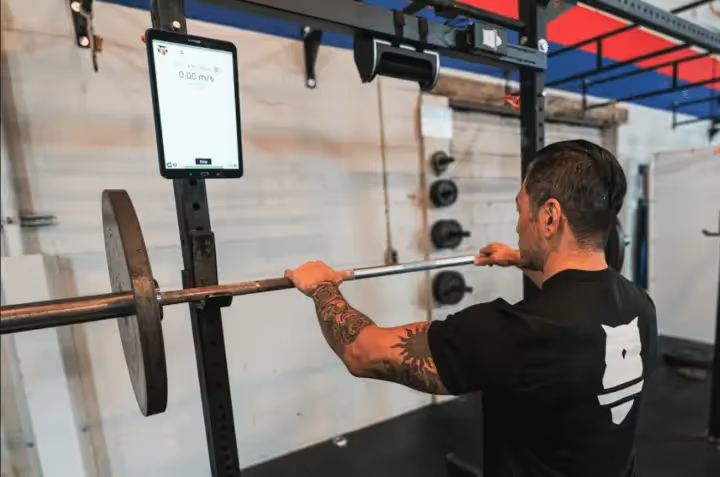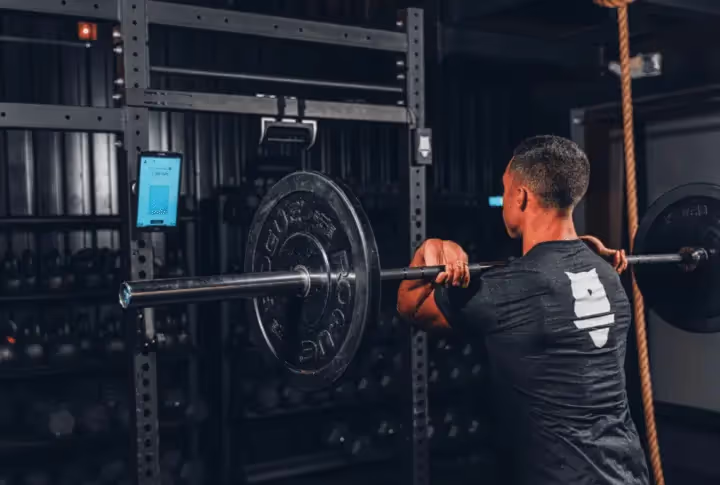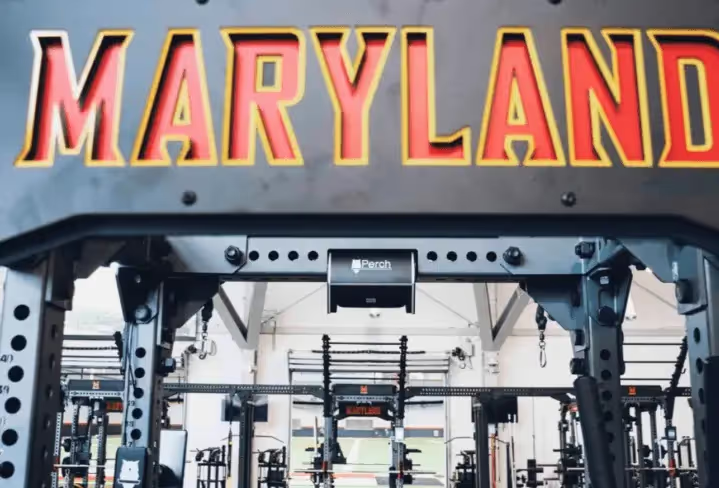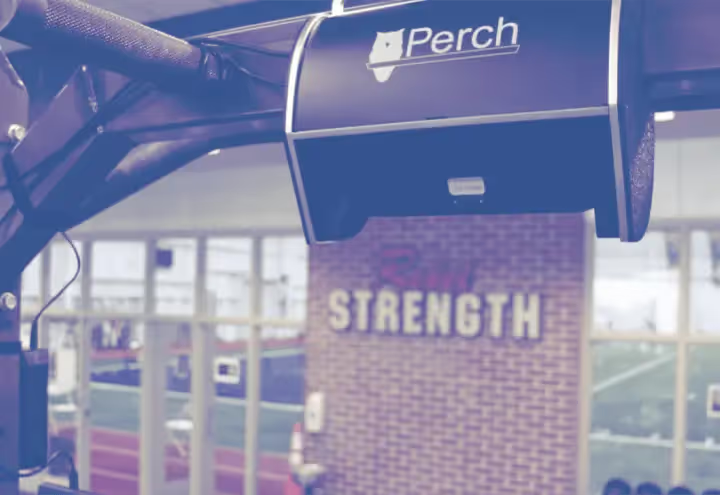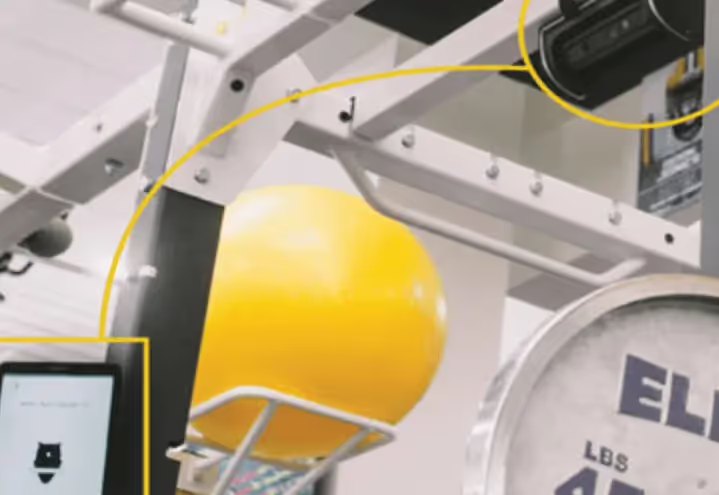What VBT Tech Is Right for You

VELOCITY BASED TRAINING + TECHNOLOGY
It goes without saying that to implement Velocity Based Training in a weight room and do so accurately, technology is necessary. While velocity based training (VBT) is still a relatively young method of training, more options for VBT tech and new devices are coming onto the market each year. As we mentioned in the second post, we believe VBT should be a ubiquitous form of training. We would not have built a company around it if we did not truly believe in it as a training modality.
We also recognize that we would not be doing our due diligence as a company if we did not educate you further on all of the different VBT technology options currently available. When it comes time for you to make a purchasing decision, we want to help you make your decision with confidence that the product you have is going to serve you well in a variety of environments for years to come. The technical aspects of this post are relatively brief to ensure comprehension. At Perch, we geek out over this stuff. If you have any questions or would like to dig deeper, please reach out!
WHAT ARE THE DIFFERENT FORMS OF VBT?
3D CAMERAS
3D cameras are a relatively new addition to VBT tech. 3D cameras produce images with pixels, just like any camera. However, instead of each pixel having an associated color, each pixel has an associated “depth.” The “depth” is simply how far away that object is from the camera.

The image is represented by a number of pixels. Each pixel has a corresponding “depth.” In this image above, the barbell is ~ 5.3 feet away from the camera, the lifters chest is ~3.5’ away from the camera, and the back of the platform is ~11.3’ away from the camera. If we know the angle of the camera and an object’s distance from the camera, then the object’s position in three dimensional space can be determined. We can take those 3D coordinates and calculate displacement over time. When displacement is known, barbell path, velocity, acceleration, and power output can be calculated.
PROS:
- Non-contact measurement reduced wear and tear and potential damage to equipment
- Nothing is connected to the athlete or barbell so there is minimal disruption to workflow in weightroom
- Instead of measuring a single point, the cameras generate a 3D representation of the entire barbell or implement, which allows coaches to see any compensatory patterns
- A camera processes more data by seeing everything, limitations are fewer because of the scalability of 3D camera systems
CONS
- Processing large amounts of data requires more substantial computing power. As a result, camera based systems tend to be a bit more expensive for the software
- Most 3D cameras film at 30 frames per second, which is substantial and typically sufficient for weight room movements, but can have limitations in sampling data for higher speed movements (like sprinting)
- Cameras measure displacement, which is excellent to measure barpath, but it is a back calculation to obtain metrics. Using distance over time to measure velocity or acceleration can lead to error propagation if the distance measurements are noisy
LINEAR POSITION TRANSDUCERS
Linear position transducers are the original velocity based training devices. They have been around for decades due to their simplicity, intuitive user experience, and the minimal processing power needed to sample the data. A string is attached to the object of interest, usually a barbell. The string is wrapped around a pulley which is connected to an encoder. When the string is pulled, the pulley spins, and the encoder measures the rotational displacement over time. From this information, linear velocity can be determined. A tension force of a couple of pounds is often applied to the string to ensure that during the eccentric (downward) portion of the movement, the string remains taught.
PROS:
- This is a simple method to measure displacement, and sampling rates can be very high. That means the fidelity of the data is often high (if set up and measured correctly)
- There is intuitive user experience due to the physical nature of the unit (put it on the ground, attach a string, and measure)
CONS
- Some devices cannot measure the angle the string is pulled, therefore the accuracy of the data can be affected by where the athlete or implement is positioned relative to the device
- Moving parts and delicate strings and devices can lead to frequent device failure. Strings often have a set length, so they can snap or break unexpectedly or limit athlete ROM
- There is additional force applied to the barbell by tension or resistance in the string
- Attaching and detaching strings can take time and interrupt the workflow of the training session
- LPTs only measure a singular point on the barbell
ACCELEROMETERS
Accelerometers can be found in many consumer electronic devices. These are one of the many electronic components your FitBit uses to count your steps and it is how your phone determines its orientation. These same chips can be put on a barbell or on an athlete to measure velocity.
An accelerometer is basically a series of tiny springs put on a chip. When the accelerometer accelerates, these springs feel a force proportional to the acceleration. This force is measured and the acceleration can be calculated.
PROS:
- Accelerometers are very common and therefore less expensive, making this application of VBT very affordable
- Non-contact measurement reduces the wear and tear of potential damage to the equipment
CONS
- Accelerometer measurements tend to be noisy or inaccurate due to the nature of the measurement. Algorithms can eliminate some of this, but not all.
- Wearables are often difficult to apply to a team setting, even specific to barbells there is a risk of damaging the devices or it otherwise interfering with the training session
- Accelerometers only measure a singular moving point on the person or barbell
- Measuring acceleration over time will lead to errors and inaccuracies when calculating displacement or bar path (as a back calculation)
CONCLUSION
We hope this helps clarify any lingering questions you may have had about how certain VBT tech works and provide some guidance for what form of technology may be right for you in the long term. Like we said, we geek out about this kind of stuff, so please feel free to leave any comments on the bottom and be sure to follow our RSS feed and follow us on social media channels linked below.
OTHER RELEVANT POSTS!
Want to read more about tech in weight rooms? Check out our post on 3D cameras in the Saints weight room!
Want to learn more about the basics of VBT? Check out Perch’s VBT Dictionary!
Read more about Perch here! And check out Product Videos here. And our support website here.
Back to basics? Review the origins of VBT and Strength Training!

Start Gathering Data With Perch Today!
Reach out to us to speak with a representative and get started using Perch in your facility.

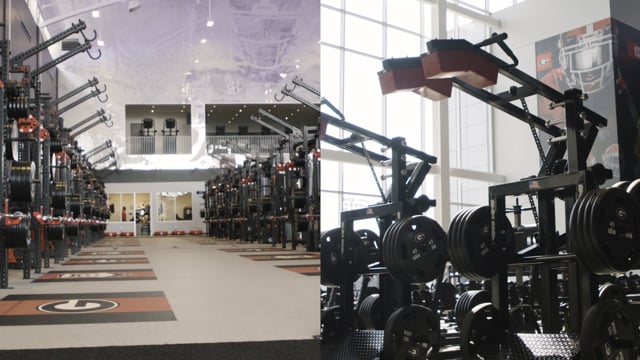
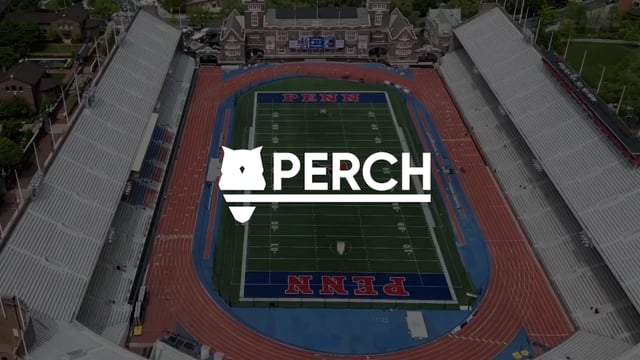



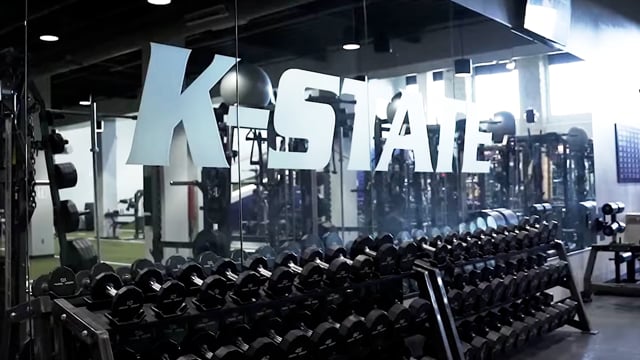


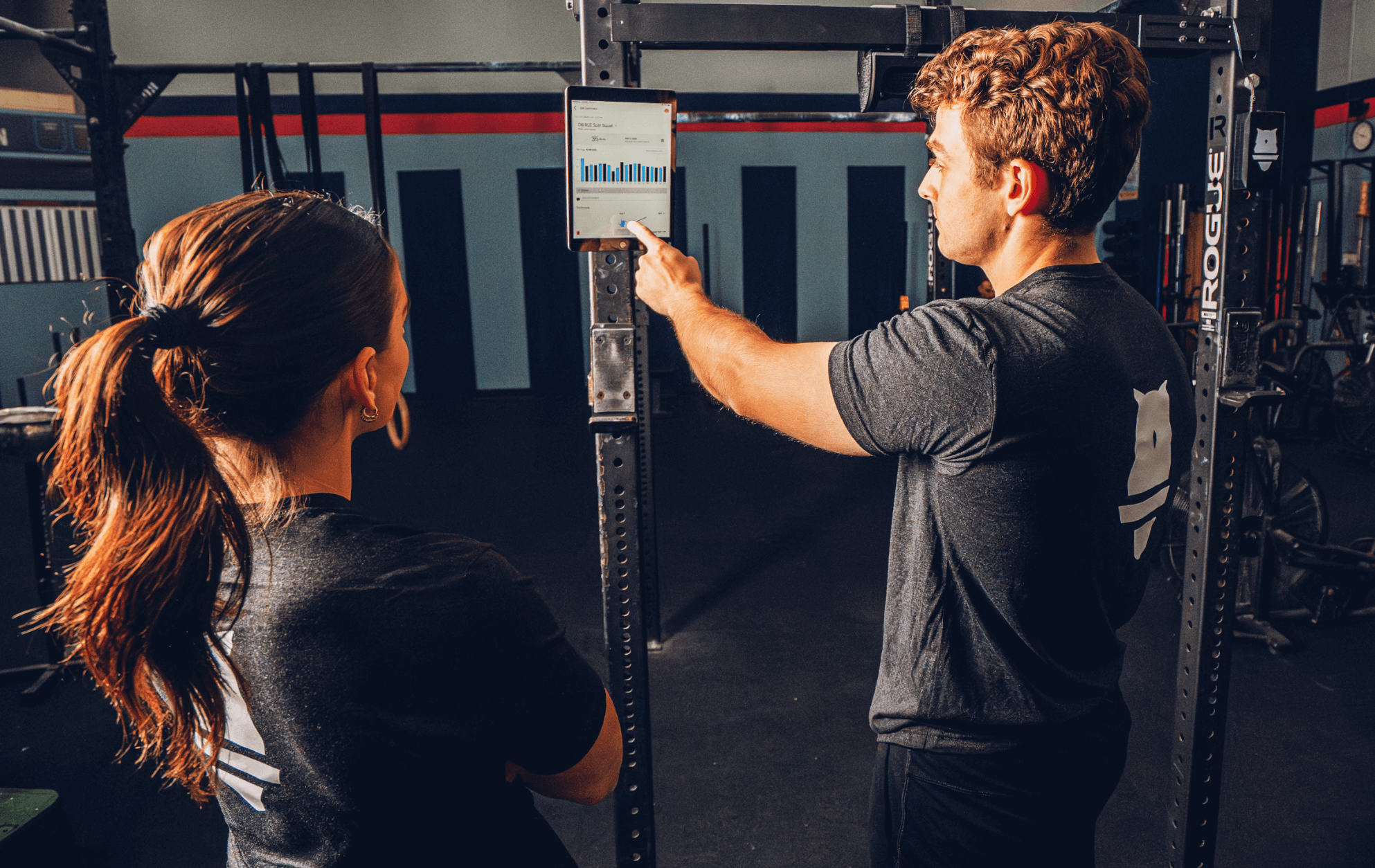
































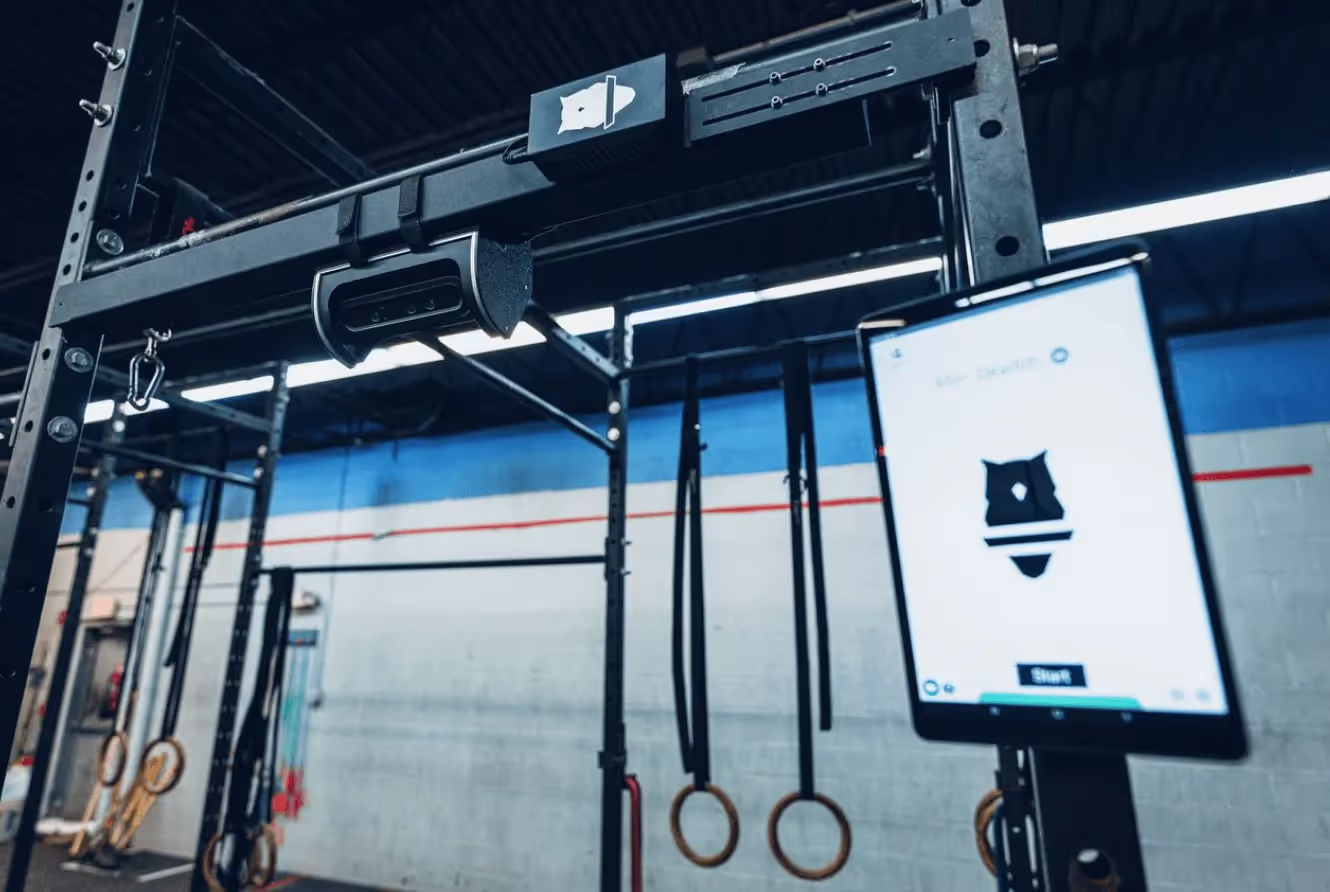
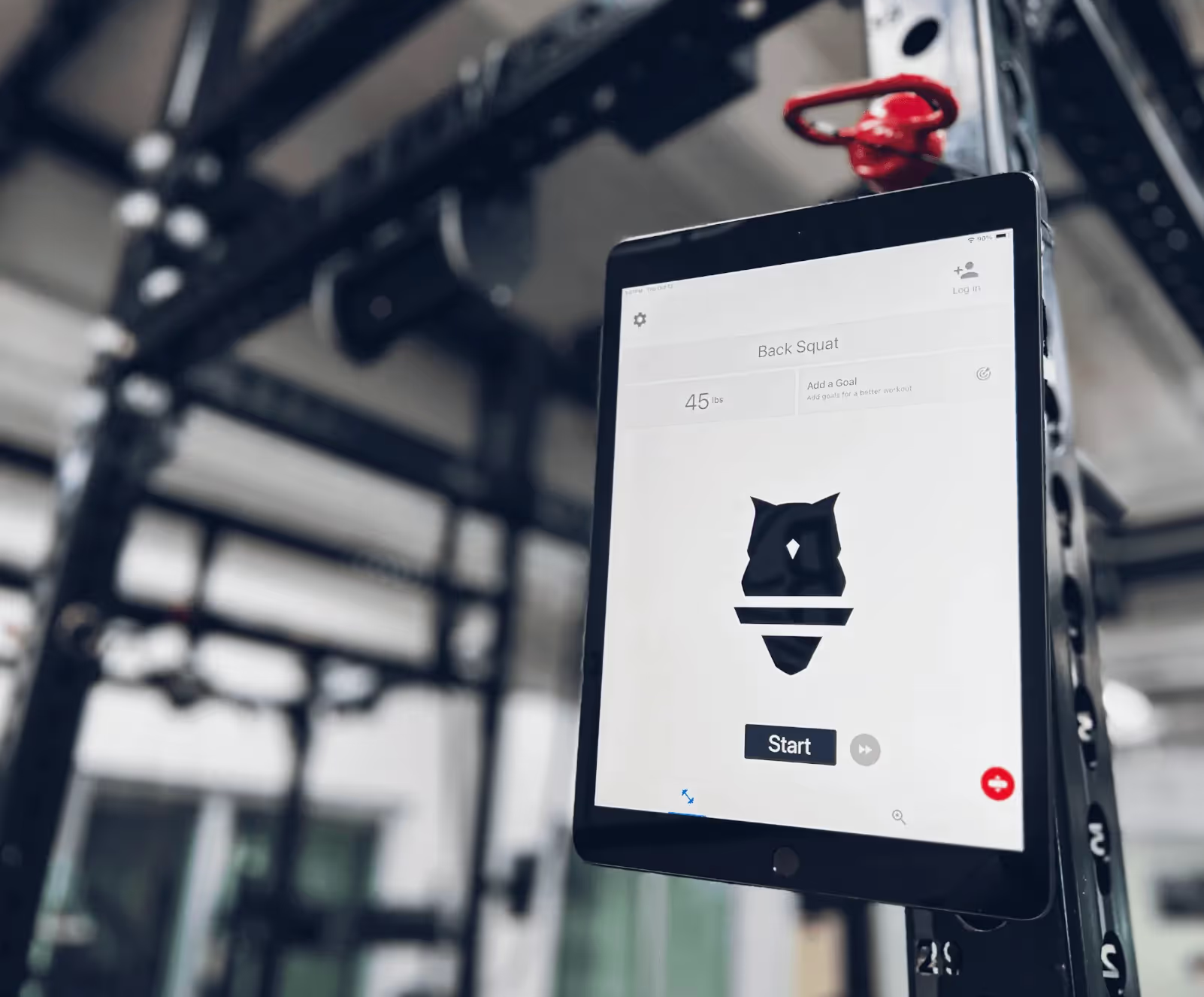



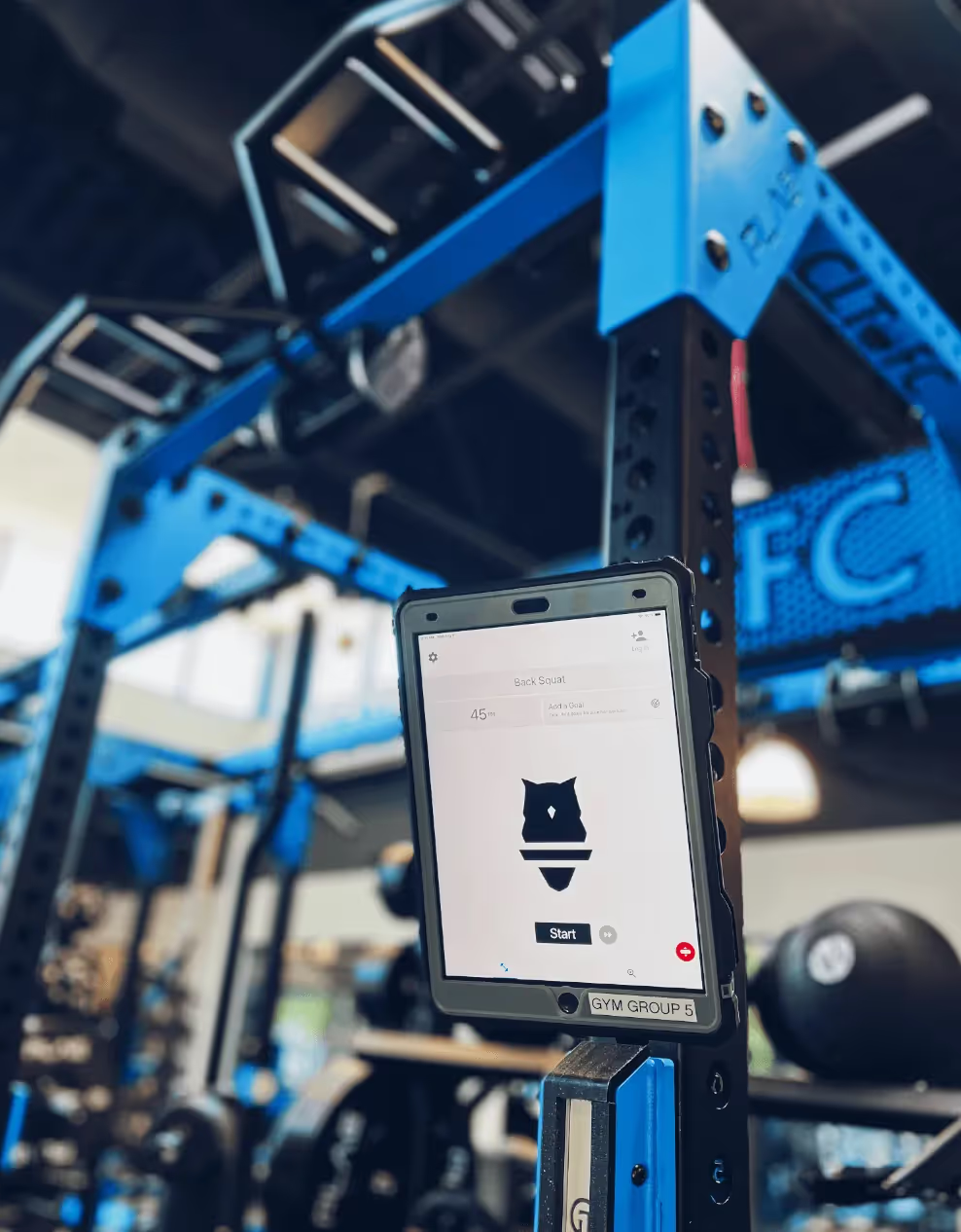
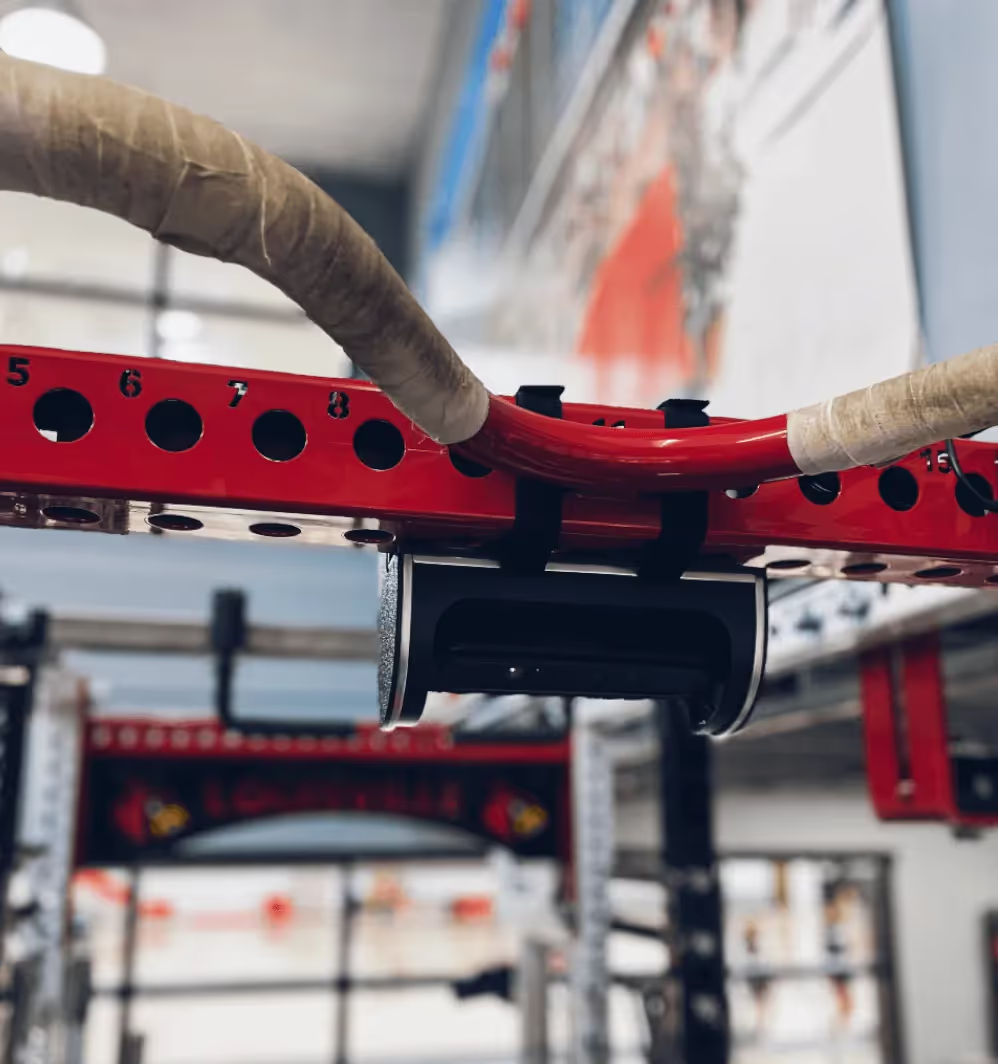






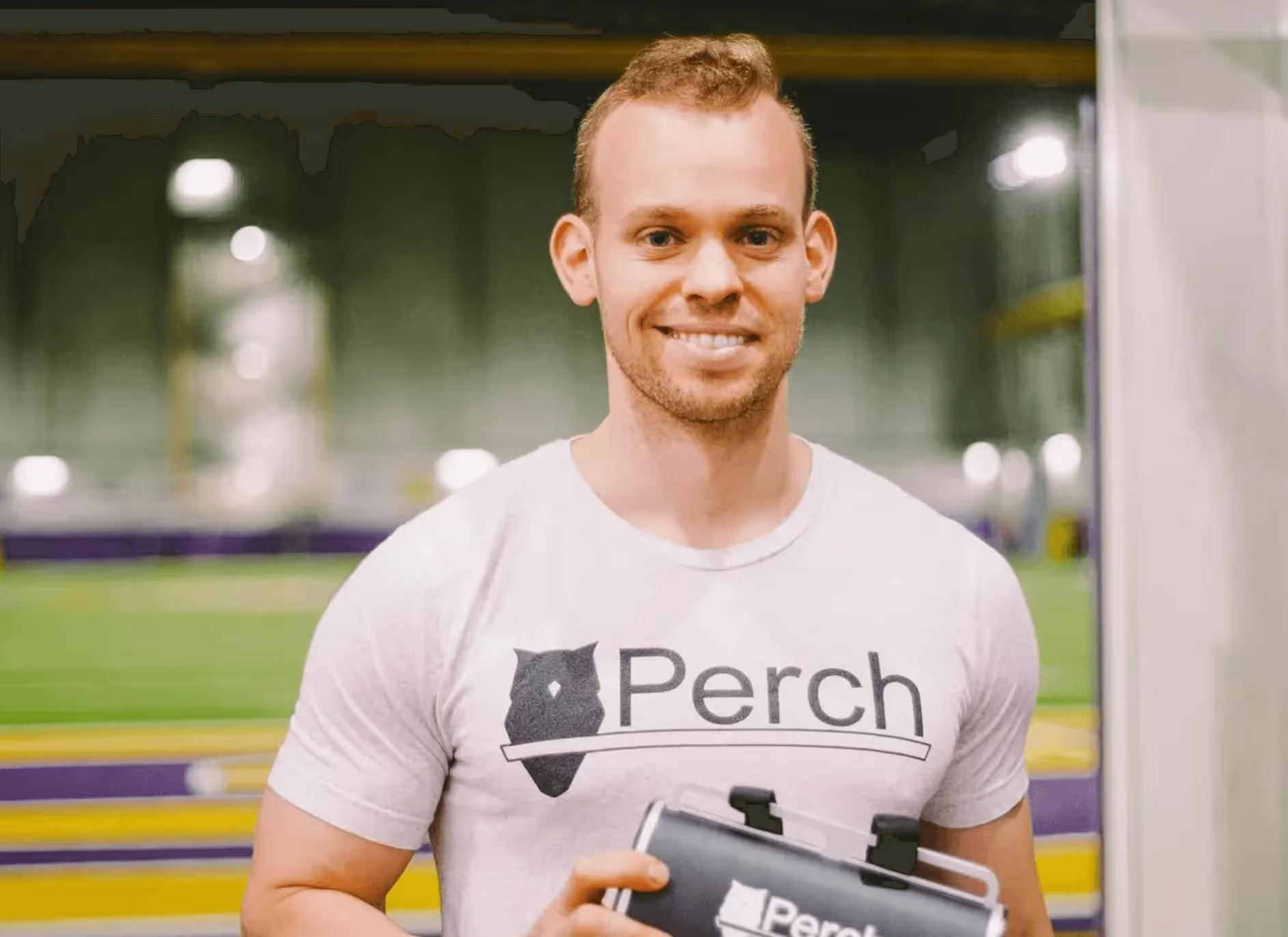





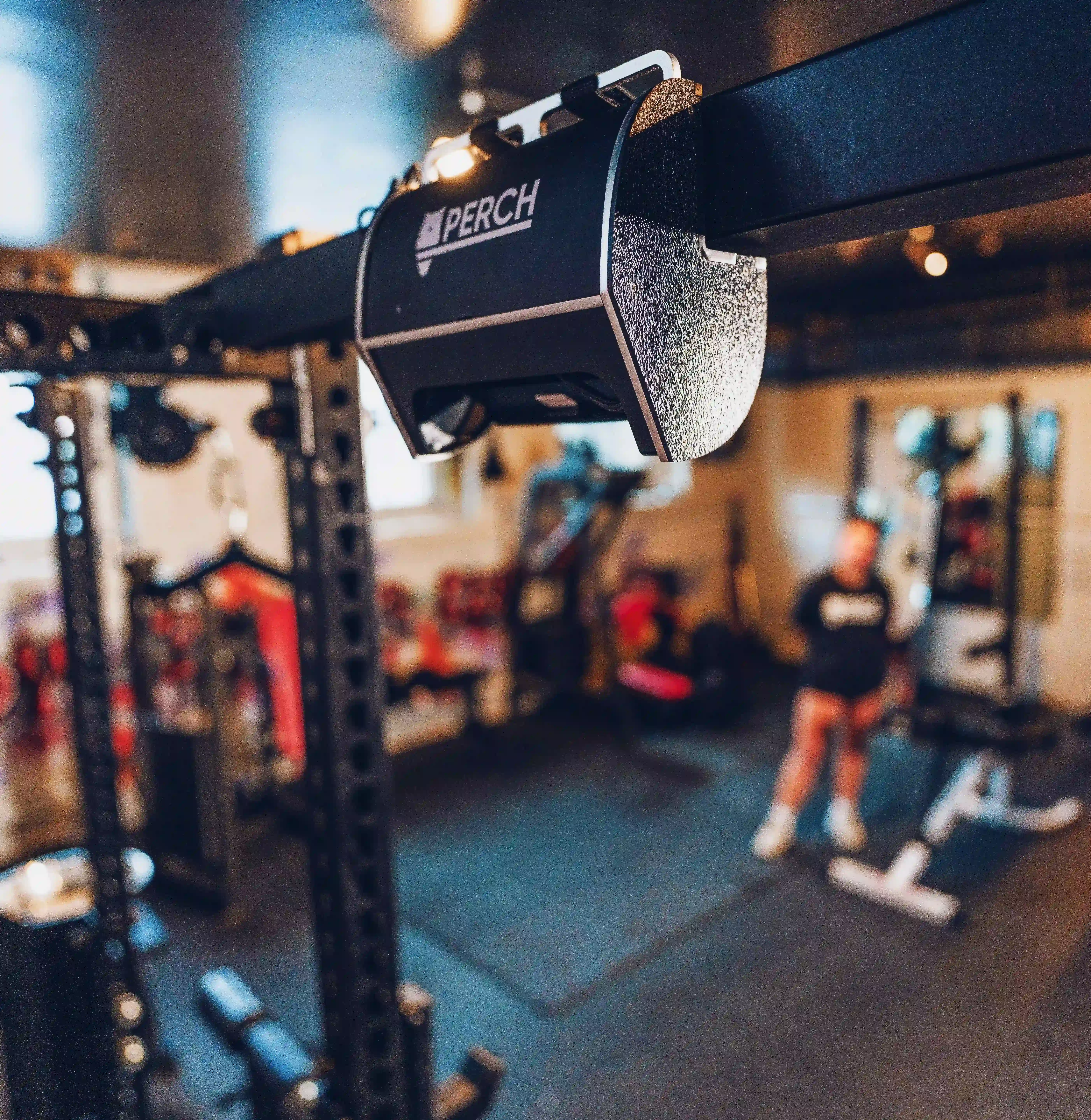
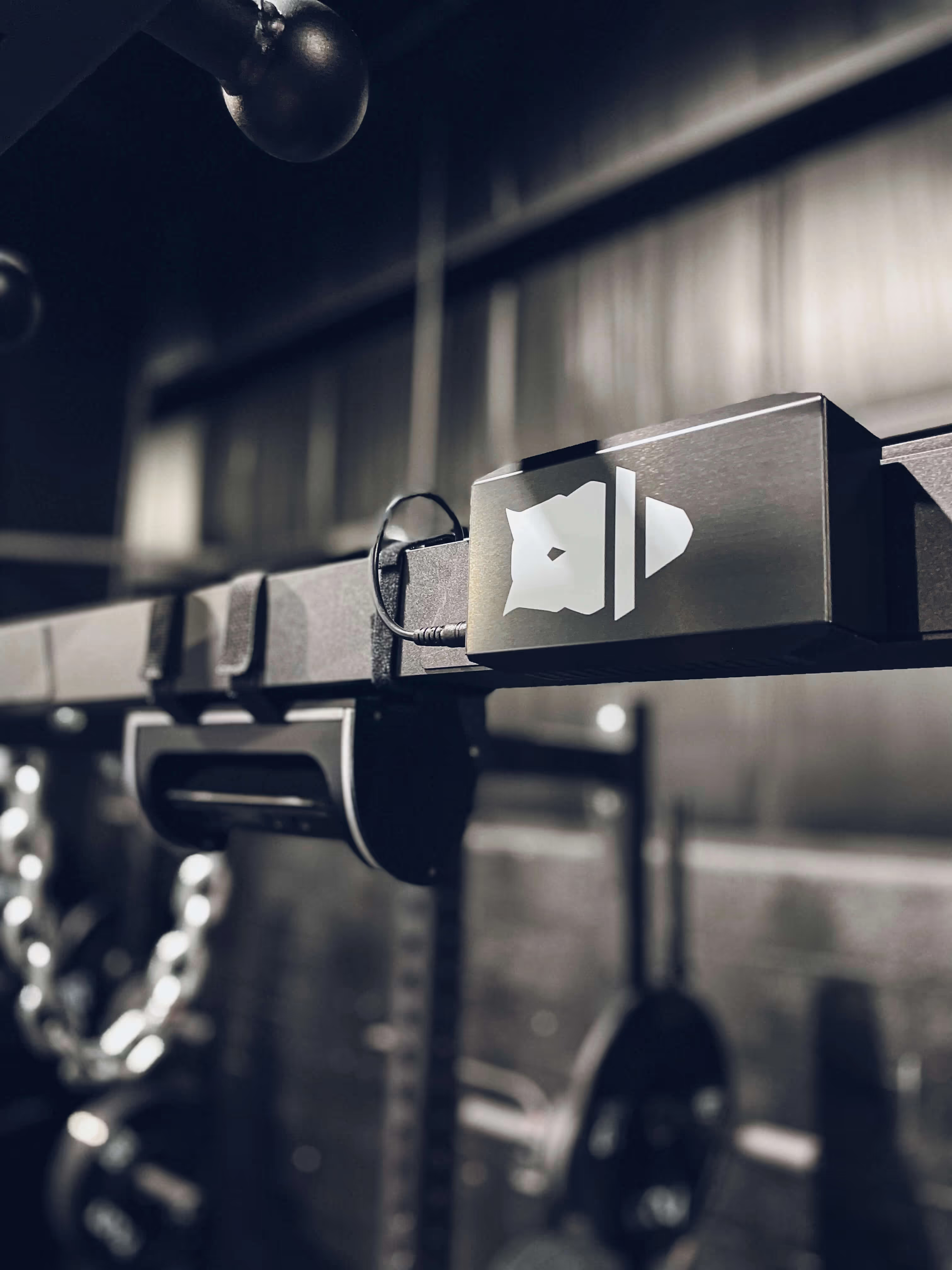

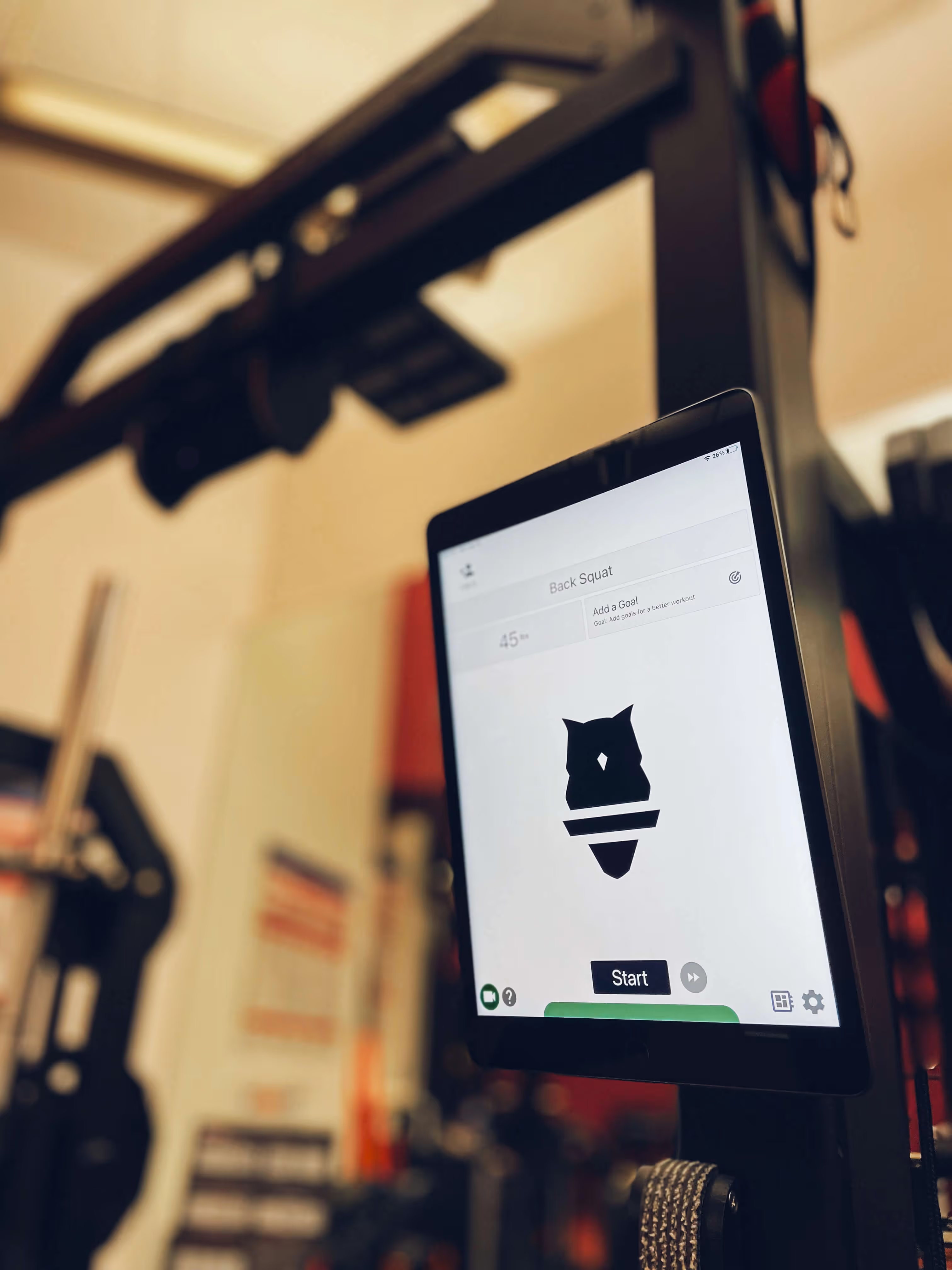

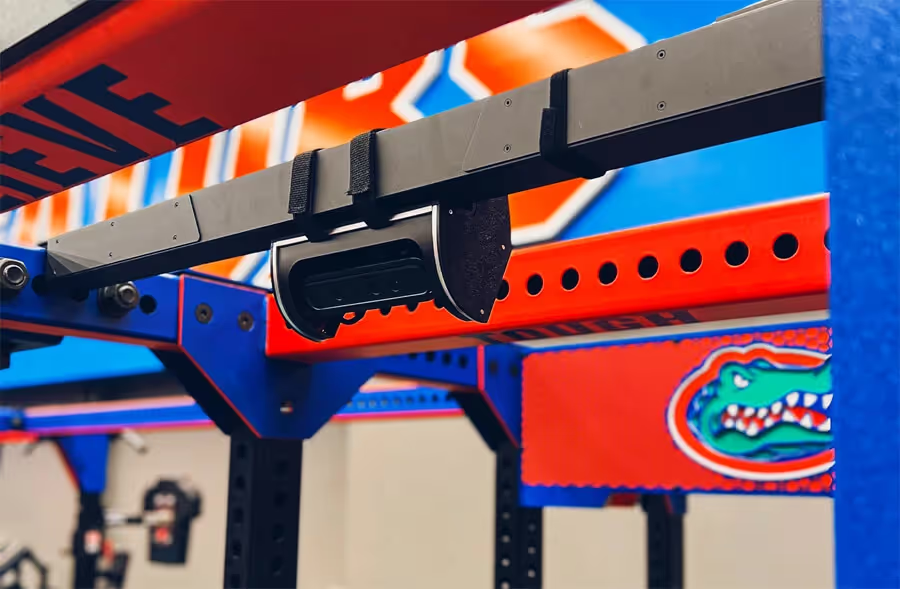






.avif)






